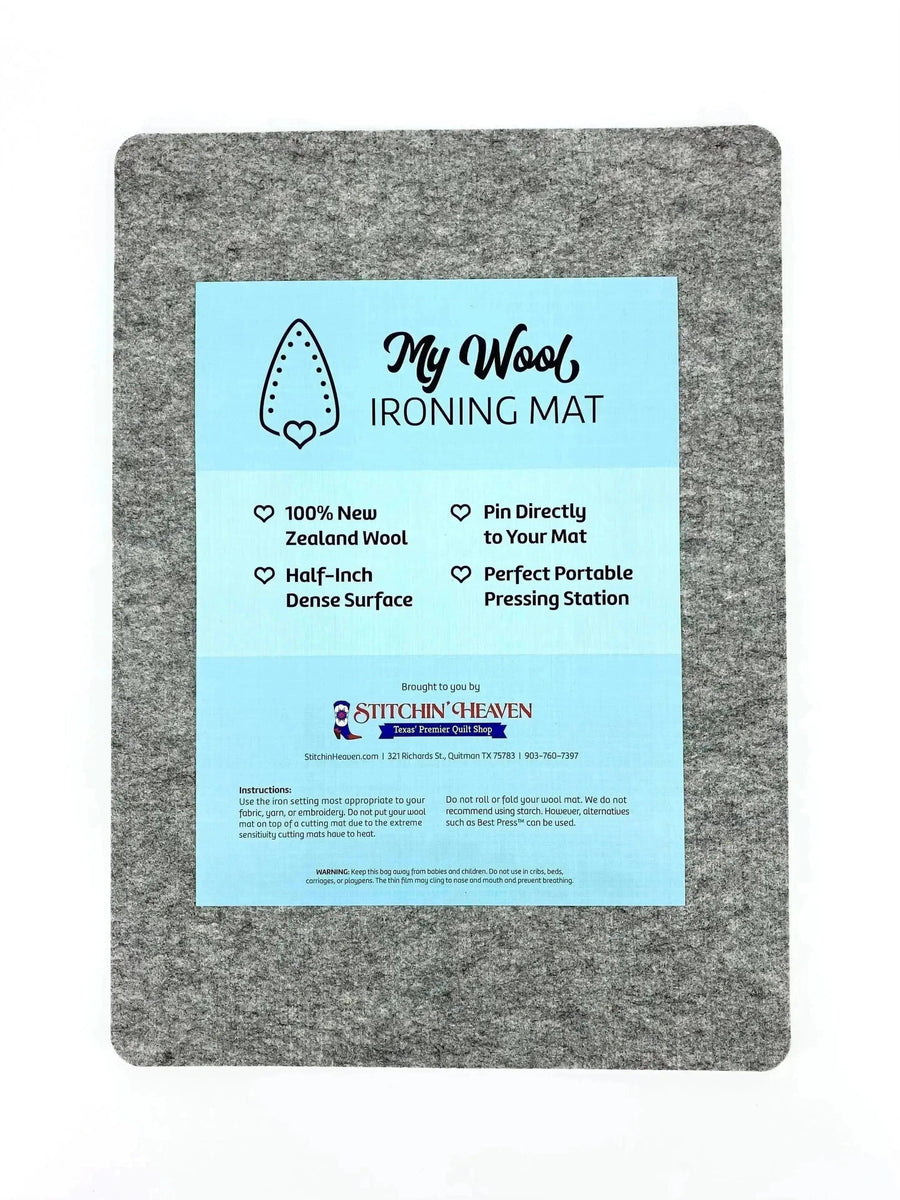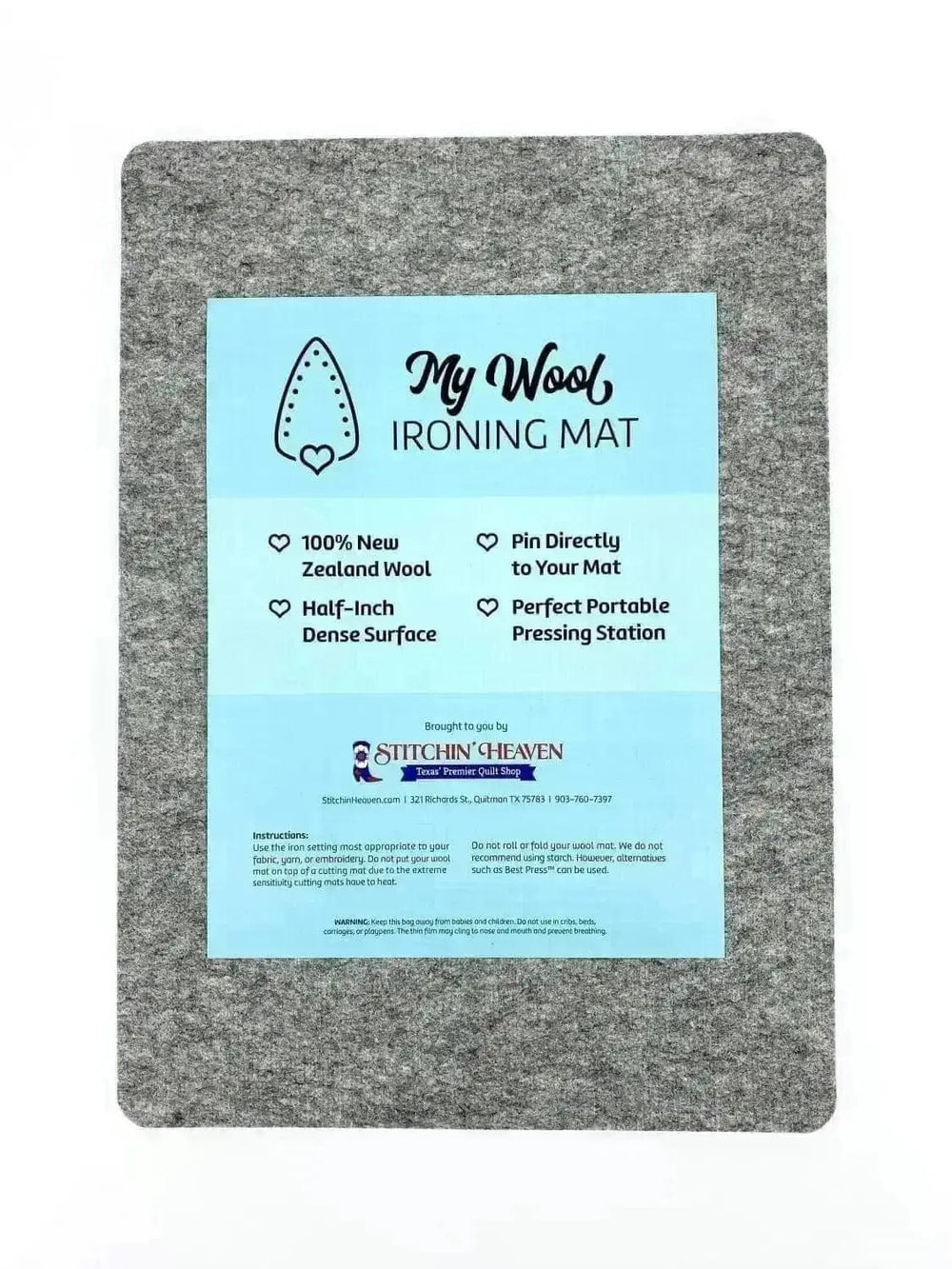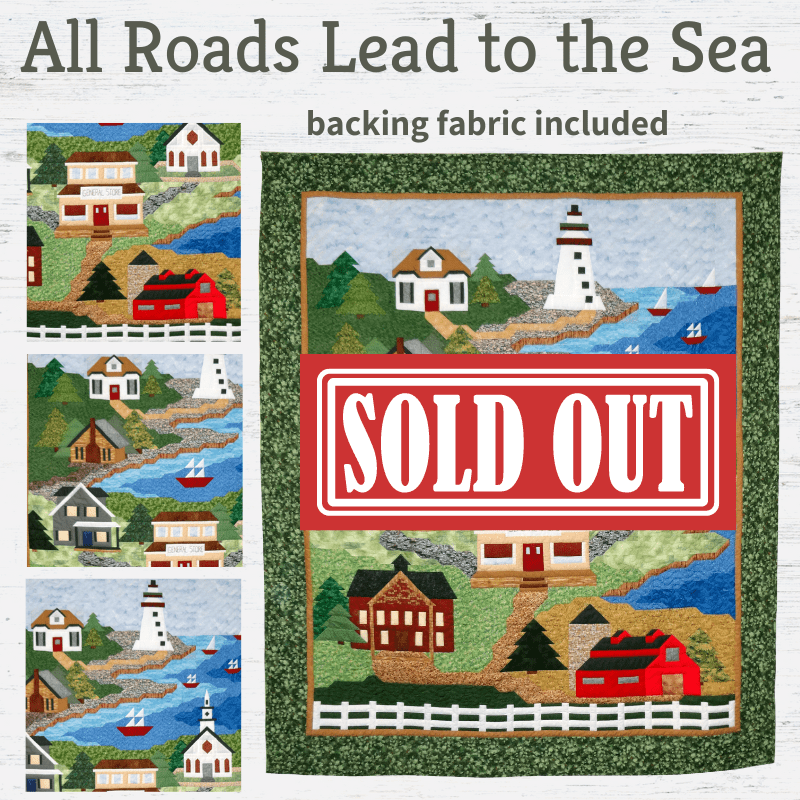How to Bind a Quilt
I didn’t bind my first quilt. After piecing it together and quilting it myself, I was so afraid to ruin it with a bad binding that I didn’t even try. This was, however, before the internet and definitely before YouTube. Quilters these days have it easy, I tell ya.
Nevertheless, binding quilted projects is a daunting process. It requires a lot of involvement and precision for such a small part of the quilt that I think some beginners are still tempted just to leave their quilt unbound. If you're one of those quilters — take my word for it and bind your quilt. The finished product always looks and feels better, and learning how to bind now and getting over that hurdle are important to your progress as a quilter.
Quilt Binding for Beginners: How to Bind a Quilt
What Is Quilt Binding?
Making a quilt is like making a sandwich — you layer fabric on the front and back of the quilt like the bread and put batting between the layers like the meat. You join these layers together, either by hand sewing or using a quilting or sewing machine, creating a secure sandwich. Once you complete your quilted sandwich, however, you probably notice the raw edges, and that's where quilt binding comes in. Quilt binding covers the raw edges and gives both the back and front of the quilt a finished look.
Reasons for Binding a Quilt
Besides giving your finished quilt a completed look, quilt binding has other advantages. Well-done quilt binding is a must for quilters who plan on gifting or hope to sell their creations, and doing the job right boosts the satisfaction potential for those who receive your quilts. Additionally, quilt binding brings extra durability to your quilts by reducing wear and tear during use and preventing raw edges from fraying during cleaning.
Quilt Binding Tutorial
The following is the simplest method of how to sew a binding on a quilt that I’ve found. I've laid out the binding method I use from the beginning to the end of the binding process to simplify your workflow and help you complete the task smoothly and efficiently. Additionally, mastering this simple way ensures you have enough familiarity with the quilting process to move past the single-fold bias binding style to more complex options such as double-fold binding on diagonal seams.
Gathering Quilting Essentials
Before you start cutting and sewing, you need to have all your quilting essentials close at hand. By getting organized before you start your quilt binding project, you spend less time digging out necessities and more time getting the job done. For most projects, you need the following items:
-
Fabric for binding your quilt
-
Pins for securing areas before sewing
-
Thread
-
Scissors
-
Rotary cutter
-
Cutting mat
-
Quilting ruler
-
Iron
-
Ironing board
-
Marking pen or chalk
Selecting Binding Fabric to Suit Your Quilt Pattern
After gathering your quilting supplies, the first step to completing your quilt, of course, is selecting the fabric you wish to use for your binding. There are two schools of thought on this, and both have merit.
The first school of thought says that when binding a quilt, pick a fabric that blends in with the edge of your quilt. Sometimes, on more subdued quilts, this is a great idea! The second school of thought says to buy a fabric that contrasts with the border of your quilt pattern. This is also a great idea! Both strategies can look amazing and, like a lot of quilting, it’s up to you to decide which one to choose.
Do keep in mind that quilt binding should be reasonably small, so large print fabrics might not show up very well. In some cases, even small print fabrics may not stand out like you want. For those reasons, I tend to use solid colors — either an accent color I’ve used in the quilt top or a complementary color I used in the border or to accent quilt blocks.
Measuring/Buying the Binding Fabric
More important than what fabric to buy is how much of it to buy for your binding. Luckily, this is simple. Here’s how you figure out how much fabric to buy for your quilt making project:
-
Measure the outside of your quilt, then add the numbers together. The total this gives you is the perimeter of your quilt. For this example, let’s say the quilt is 54" x 48", with two sides measuring 54" and two other sides measuring 48". When you add all those sides together, you get a total of 184, which means you need quilt binding that measures 184”.
-
After you’ve selected your backing fabric, figure out the usable width of that fabric (WOF). The WOF necessary for quilt binding is normally around 40". Divide the number we got in step one, or 184, by the WOF. Assuming a WOF of 40", dividing 184 by 40 gives you a total of 4.6, but you should round that up to five. Therefore, you need five binding strips.
-
Multiply the number of binding strips by the width of the binding. For beginners, 2.5" is probably the best width, and 5 times 2.5 equals 10. Typically, you round that up to a whole number, but since it’s already a whole number, you should get 12" of fabric just to be safe.
-
Since 12" is 1/3 of a yard of fabric, you need 1/3 yard for your quilt binding.
Preparing the Binding Strips
To prepare your binding, the first thing you need to do is to square up your binding fabric. Make sure the ends of it are even and have straight edges — this typically saves you a lot of trouble later! Since you should know how to do this after piecing a quilt, there's no need to detail the quilt making process here.
After you’ve squared up your quilt, you need to cut your strips:
-
Lay out your binding fabric and ensure it’s even.
-
Give it a quick press with your iron, and double check to make sure everything is square.
-
Use your rectangular ruler and cut 2.5" strips. Per our example, you need to cut 5 long strips.
After you cut your strips, you need to machine or hand stitch them all together and form the "binding tape," as I call it. Here’s where we wade into unknown territory — a lot of binding tutorials tell you to bind your strips at an angle, and that's one way to do it. Since this tutorial is for beginners, however, I’m going to teach you a simpler way.
-
Place two binding strips right sides together.
-
Start sewing them with a straight seam, approximately 3/4" to 1" from the edge.
-
Trim away enough to leave a 1/4" seam.
-
Finger press the seam open.
-
Repeat this process for the rest of your binding strips.
Give the binding tape a good pressing, making sure to press the seams open. Once you’ve completed this, you need to carefully and accurately fold the binding tape you created in half lengthwise. Once you even out the raw edges, press the folded binding tape once more.
Attaching the Binding
Before you attach the binding, square up your quilt to precise right angles, and use a rotary cutter to trim away any excess batting around the raw edges. Next, follow these steps to attach the binding of your quilt:
-
Begin attaching the binding approximately 6" to 10" away from one corner of the quilt.
-
Align the raw edges of the quilt sandwich and the binding tape.
-
Stitch the binding tape to the quilt sandwich using a 1/4" seam allowance. Make sure to keep the binding tape and quilt sandwich even throughout the process.
-
Continue stitching the binding fabric to about 1/4" from the edge of the fabric. To prevent stitching too far, it's helpful to put a pin here so you know where to stop.
-
Backstitch a few stitches to secure the binding.
-
Cut the thread, then remove the quilt from your sewing machine.
- Some choose to pin the binding, but we prefer this tape method.
Quilt Binding Corners
Now, we’re at a corner. Bindings use something called mitered corners, though the term sounds a lot more complicated than it is. Here’s how you miter the corners on your binding:

-
With the quilt off of the sewing machine and the edge with the attached binding tape laying left to right in front of you, fold the binding tape up and perpendicular to the attached binding. When you do this, the corner of the fold should be a 45-degree angle. See Figure 1.
-
Hold the 45-degree angle in place, then fold the rest of the binding tape down the next edge of the quilt. Make sure the folded edge aligns with the edge of the quilt. See Figure 2.
-
Mark where you finished stitching the last edge with a pin or chalk pencil.
-
Place your sewing foot on that marker, sew a few stitches, then back tack a few more stitches.
-
Attach the binding tape to the next side of the quilt as before.
-
Follow Steps 1 through 5 for each corner.

When you finish, the corners should have a triangular fold with two 45-degree angles and one 90-degree right angle.
Stitching Together the Binding Tape
At this point, almost all the binding tape should be attached to your quilt sandwich. You should, however, expect loose fabric at both ends of the tape and need to stitch those together. You complete this task by doing the following:
-
Trim the ends of the binding tape so they overlap about 1/2".
-
Unfold the end of the binding tape.
-
Place the ends right side to right side.
-
Stitch them together using a 1/4" seam allowance.
-
Finger press the resulting seam open.
-
Refold the binding tape and align it to the edge of the quilt.
-
Stitch the last of the binding to the quilt.
Machine Binding the Quilt
We're almost done! Because this is the last step to binding your quilt, many people choose to do this part by hand stitching the binding onto the quilt. If you choose to do this, make sure to stitch the mitered corners. Since we’re going for the fastest, easiest way to bind a quilt, though, follow these steps to bind your quilt on a sewing machine:
-
Attach a ditch quilting foot to your sewing machine. Strictly speaking, this isn’t a requirement, but it sure does make the process easier.
-
Fold the binding over the edge of the quilt and finger press that seam. You want to fold all the binding over the edge.
-
Clip the fabric in place.
-
Lay the quilt top side up and stitch in the ditch along the seam of the binding. Notice the thread attaches the binding on the bottom of the quilt, and check every once in a while to keep the seam straight.
Finishing the Corners
-
As you approach a corner, fold the edges of the binding you aren’t sewing underneath the quilt.
-
Fold the side you are sewing over that fold.
-
Use a pin to make sure the second fold maintains a 45-degree angle.
-
Stitch to the corner while holding the 45-degree fold in place, and stop with the needle down.
-
Pivot the quilt to begin stitching the next edge.
-
Repeat for all corners.
Tips and Tricks for Quilters
Sometimes you want to really make your quilted projects pop with professional polish. As you gain experience, consider the following tips and tricks for binding your quilts:
-
When using a quilting or sewing machine for quilting, use fusible thread in the bobbin for a quick, easy way to seal the back after stitching.
-
Flat seams are preferable when binding your quilt, and they're simple to create by using a long stitch and your sewing machine's walking foot.
-
To give your quilts more artistic flair, consider facing them rather than using traditional binding. This keeps the seams on the back of the quilt so there are no visible lines around the edges.
You did it! You bound your quilt! Pour yourself a glass of wine, and sit back and enjoy sipping it while you snuggle up in your newly finished quilt. Now that you know the basics of how to put binding on a quilt, nothing can stop you!
Happy stitchin’!





